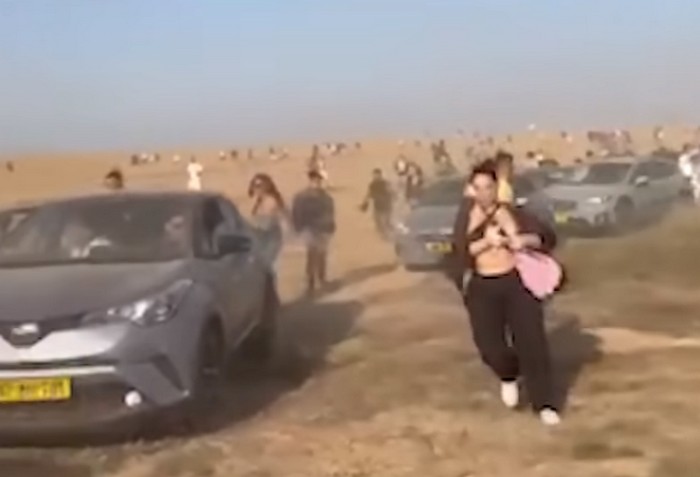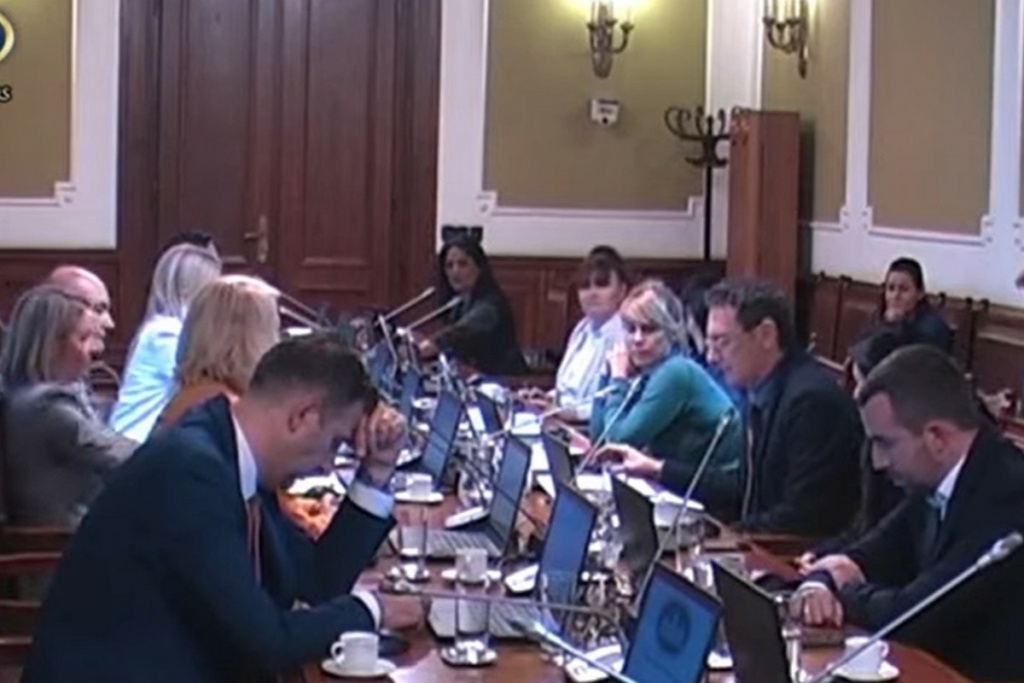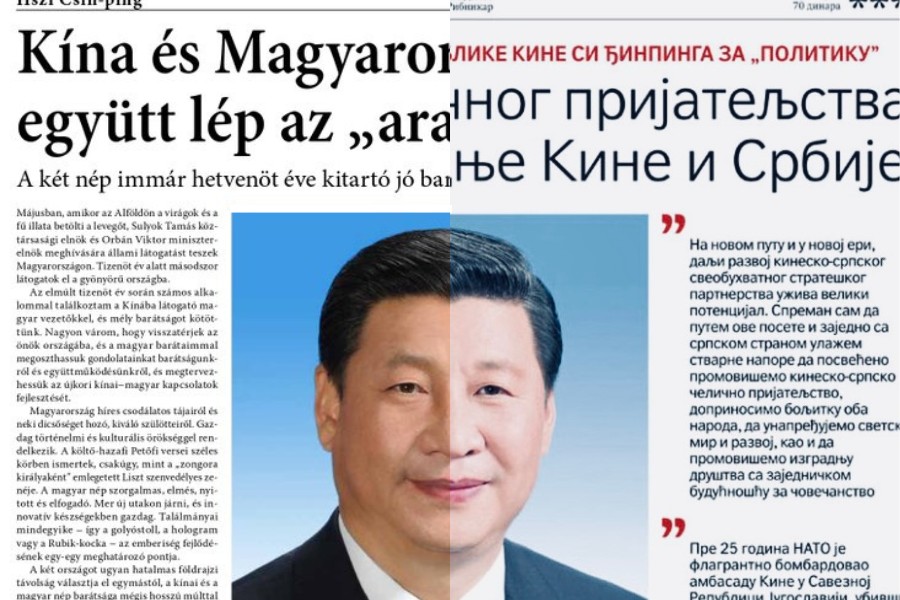On May 7 and 10, Israeli security forces injured at least eight local and international journalists covering protests at Jerusalem’s Temple Mount complex and at the Al-Aqsa Mosque, according to reports by the journalist’s employers, posts by the journalists on social media, and statements by the Skeyes Center for Media and Cultural Freedom and the MADA Center for Development and Media Freedom, two regional press freedom groups.
Protests have been ongoing in Jerusalem since mid-April over the eviction of Palestinian families from the neighborhood of Sheikh Jarrah in favor of Israeli settlers, according to news reports.
“Journalists should be able to cover demonstrations in Jerusalem without fearing that Israeli security forces will recklessly shoot them with rubber bullets,” said CPJ’s Middle East and North Africa representative Ignacio Miguel Delgado. “Israeli authorities must investigate all attacks on journalists by security personnel, and hold those responsible to account.”
On May 7, Israeli security forces fired rubber bullets into a protest at the Temple Mount complex, injuring:
- Saleh Zighari, a Palestinian freelance reporter covering the protests for his YouTube channel, which has about 137,000 subscribers
- Atta Awisat, a Palestinian freelance photojournalist who covers protests on his personal Facebook account, where he has about 6,000 followers
- Abd al-Aafu Zughayer, a Palestinian freelance photojournalist who covers protests on his Facebook account, where he has about 62,000 followers.
- Turgut Alp Boyraz, a reporter for the Turkish state-owned news agency Anadolu
- Mustafa al-Kharouf, a photographer with Anadolu
- Fayez Abu Rumaila, a camera operator with Anadolu
Zighari wrote on Facebook that he was hit in the shoulder and leg by rubber bullets, and that shrapnel from a stun grenade hit him in the head. He was taken to the Makassed Hospital for treatment, according to the Skeyes statement.
Israeli police shot Awisat in the leg with rubber bullets and beat him all over his body with batons, and his phone was also damaged in the attack, according to Skeyes and an account of the incident that Awisat posted on his Facebook page.
Zughayer told Skeyes that he was shot in the hand with a rubber bullet and sought treatment at a field clinic; after he was released, security forces shot him again in the back with a rubber bullet, and he went to a hospital for treatment, he said.
According to Anadolu and a Facebook post by Boyraz, police fired rubber bullets that hit Boyraz in his left leg, al-Kharouf in the back, and Abu Rumeila his right leg.
Also on May 7, Israeli police officers repeatedly attacked freelance photojournalist Ibrahim al-Singlawi, who covers protests on his personal Facebook account where he has about 108,000 followers, he told Skeyes. Al-Singlawi said that police assaulted him at least four times during his coverage of the protests in the Sheikh Jarrah neighborhood and later at the Mount Temple complex on May 7, and said a police officer seized one of his cameras and he was unable to retrieve it.
At a protest at the Al-Aqsa Mosque complex on May 10, Israeli police officers attacked an Anadolu news agency team including al-Kharouf and Abu Rumaila, who had also been attacked on May 7, as well as reporter Esat Firat, according to Anadolu, footage of the attack on Abu Rumaila posted on social media, and pictures of the journalists’ injuries posted by Turgut Alp Boyraz on his Facebook page.
Israeli riot police fired a stun grenade that hit Firat hit in the right side of his abdomen, bruising him, according to those sources, which said that police also fired a rubber bullet that hit al-Kharouf in the right side of his chest, and he sought medical treatment at the scene.
The footage posted on social media by Israeli journalist Nir Hasson shows three Israeli police officers punching and kicking Abu Rumeila while he tried to cover his head with his hands. Abu Rumeila told his employer that he was filming people at a clinic who had been injured during the protests when Israeli police forces entered the scene, cornered him, and proceeded to hit him with their rifle butts and batons and punch and kick him.
“I have bruises all over my body. I told the officers that I am a journalist, but they kept hitting me,” Abu Rumeila told Skeyes, saying that he and his colleagues went to the Makassed Hospital for medical treatment after the attacks.
In an unsigned statement emailed to CPJ, the Israeli police spokesperson’s office said “the Israeli Police works to allow the freedom of press coverage” during protests. The email alleged that protesters “were holding cameras and documented the officers in order to create a journalistic facade.”
The spokesperson did not reply to CPJ’s specific questions about journalists attacked while covering the protests, and said that allegations of improper actions by security forces would be investigated.



 Saragusti: Niko sada nije bezbedan. Zločini su jezivi. Novinari su ubijeni dok obavljaju svoj posao
Saragusti: Niko sada nije bezbedan. Zločini su jezivi. Novinari su ubijeni dok obavljaju svoj posao Medijski amandmani umiru u skupštinskom mraku: Noćno zasedanje Odbora, u četiri čina
Medijski amandmani umiru u skupštinskom mraku: Noćno zasedanje Odbora, u četiri čina Deset medijskih sporazuma za „zajedničku budućnost” sa Kinom, zemljom cenzure i progona novinara
Deset medijskih sporazuma za „zajedničku budućnost” sa Kinom, zemljom cenzure i progona novinara
Ostavljanje komentara je privremeno obustavljeno iz tehničkih razloga. Hvala na razumevanju.